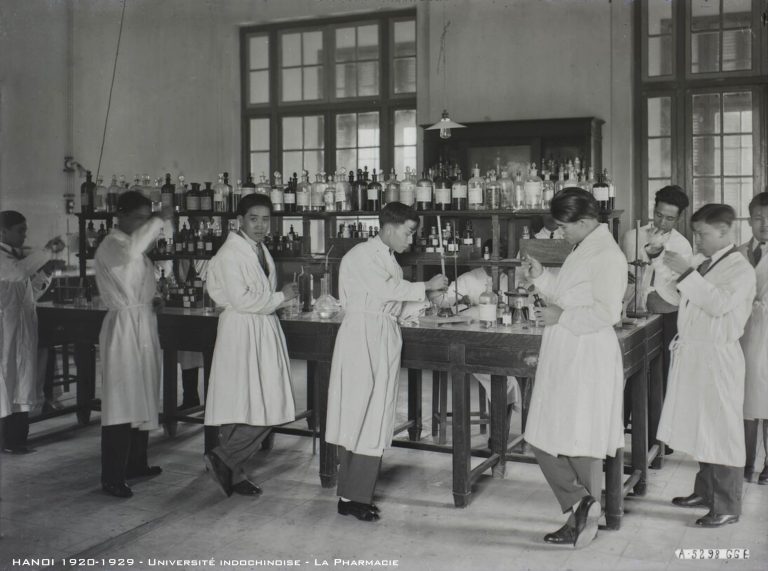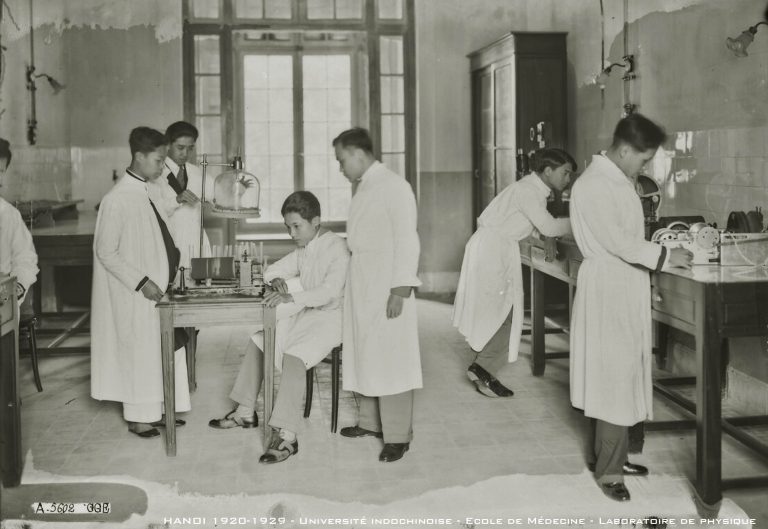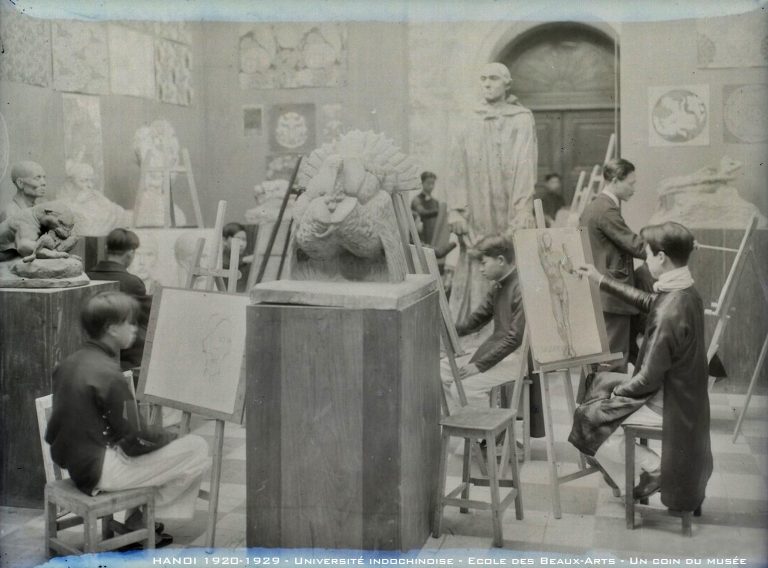If Germany has done it, why can’t we? That’s
the question
being asked by many students around the world in countries that charge
tuition fees to university. From this semester, all higher education
will be free for both Germans and international students at universities
across the country, after Lower Saxony
became the final state to abolish tuition fees.
It’s important to be aware of two things when it comes to
understanding how German higher education is funded and how the country
got to this point. First, Germany is a federal country with 16
autonomous states responsible for education, higher education and
cultural affairs. Second, the German higher education system –
consisting of 379 higher education institutions with about 2.4m students
– is a public system which is publicly funded. There are a number of
small private institutions but they enrol less than 5% of the total
student body.
Back and forth with fees
Until 1970-71, West-German higher education students had to pay
tuition fees at the level of about 120 to 150 German Marks per semester.
There were needs-based exceptions but basically these fees had to be
paid by every student.
When they came to power in the late 1960s, Germany’s Social Democrats
supported higher education expansion by promoting widening
participation and equal opportunities and by increasing the number of
higher education institutions. From 1971 onwards, a system of state
financial assistance for students was established and tuition fees were
abolished. The assistance came first as a grant, later as a mix of half
repayable-loan and half grant.
During the peak period of higher education expansion in the late
1960s, exclusive funding of higher education by the states became too
much of a burden. New provisions were introduced for a framework law
laying down the general principles governing higher education across
West Germany. The first law, introduced in 1976, included a prohibition
of tuition fees.
Despite a flirtation with the idea of re-introducing tuition fees
under the conservative-liberal coalition government in the 1980s, a
stalemate ensued over whether tuition fees would lead state governments
to reduce their regular funding to universities.
Fees win out in late 1990s
The fall of the Berlin Wall and German Unification put all reform
plans on hold for several years until the whole East German system of
higher education institutions and academies had been evaluated and
reformed. A new discussion about tuition fees then started around the
mid-1990s, with their re-introduction seen as a solution to a number of
existing problems in the higher education system.
Around the end of the 1990s, the dam of resistance broke by allowing
the introduction of fees for so-called long-term students: students who
had been enrolled several semesters past the regular duration of their
study programme and had not finished.
Those states with a conservative government filed a law suit in 2002
against the framework law of higher education, arguing that its
prohibition of tuition fees was an illegitimate intervention into the
legal authority for educational matters of the states. The Federal
Constitutional Court
upheld the complaint in 2005; immediately, seven states introduced tuition fees.
In 2006, the framework law was abolished under wider reforms of
German federalism. Tuition fees were capped at 500 Euros per semester,
but Berlin and all East-German states refused to introduce them.
Excellence and crisis
Yet the same reform of federalism led the states to reclaim complete
authority and responsibility for their higher education. This led the
Federal Ministry for Education and Research to refuse any further
co-funding with states on higher education. And it left the federal
ministry with a lot of spare money. A large part of this was eventually
invested into the
German Excellence Initiative, a competitive funding programme launched in 2005 to support a group of universities to become global players.
But this also meant that the poorer states faced a funding crisis for
their higher education institutions. The problem was aggravated by the
fact the a number of the poorer states were located in East Germany,
where all states had decided not to introduce tuition fees in the hopes
to attract more students.
Gradual abolition
In successive years, as soon as state government elections have
elected social democratic or green party governments, tuition fees have
been abolished. The state of Hesse, for example, had tuition fees for
only a single year. In the end only two states were left with tuition
fees: Bavaria and Lower Saxony. The conservative government of
Bavaria gave into
the mainstream and abolished tuition fees in the winter semester
2013-14, with Lower Saxony abolishing fees in the winter semester
2014-15.
But the heads of higher education institutions negotiated with their
ministries, arguing that they could not properly do their job of
offering high-quality student experience if the loss of income from
tuition fees was not compensated one way or another.
So most states have agreed to compensate their higher education
institutions with extra money – not quite covering the loss in fees
though – which was to be invested exclusively into the improvement of
the quality of studies and teaching. Most ministries decreed that
students had to be involved in decisions about how and for what purposes
the money was going to be spent.
How funding works now
The present situation is that all higher education institutions
receive a budget from the responsible ministry of the state in which
they are located, based on annual or biennial negotiations. This basic
budget is complemented by additional agreements between higher education
institutions and the state concerning the intake of additional numbers
of students and the money to compensate the loss of income from tuition
fees.
There are additional funding programmes – some funded jointly by the
states and the federal ministry – for supporting and promoting research,
in the competition for excellence.
Of course, most higher education institutions continue to feel
underfunded. The pressure on academic staff to attract external research
funding has increased, as has competition for such grants. Still,
compared to other countries in Europe, German higher education
institutions continue to be rather generously funded by their states –
an estimated 80% of their overall budgetary needs. There are also ample
opportunities and considerable amounts of external research funding
available.
Publicly funded, but for how long?
Despite the fact that competition for funding and accountability has
increased in German higher education, there is still a general consensus
that it is a public system and should be state-funded. The abolition of
tuition fees, even by conservative state governments, reflects this
consensus too. In fact, the new Federal Minister for Education and
Research, a member of the Conservative Party,
recently announced a major increase in the levels of needs-based state financial assistance to students that will start in the 2016-17 academic year.
But funding varies considerably depending on different institutional
and regional factors. The winners of the German Excellence Initiative
have received and are receiving considerable amounts of additional
funding in the hope that more German universities will be able to
achieve better positions on world university rankings. There were 12
German universities in the 2014-15
Times Higher Education World University Rankings, up from 10 the year before.
Higher education institutions in the poorer states (most of them in
the east of Germany) receive less money and academic staff are being
paid lower salaries while higher education institutions in the richer
states (typically in the south) are better funded.
The debate about tuition fees – though dead for the moment – can
easily be revived in the future. It has not been dropped from the agenda
once and for all. Government policies continue to be in favour of
tuition fees, most representatives of institutional leadership are as
well, though for different reasons. But there is currently a lack of
general public support. Once this has changed – and
influential advisory bodies and think tanks are working towards such a change – the idea of tuition fees will be introduced again.




























